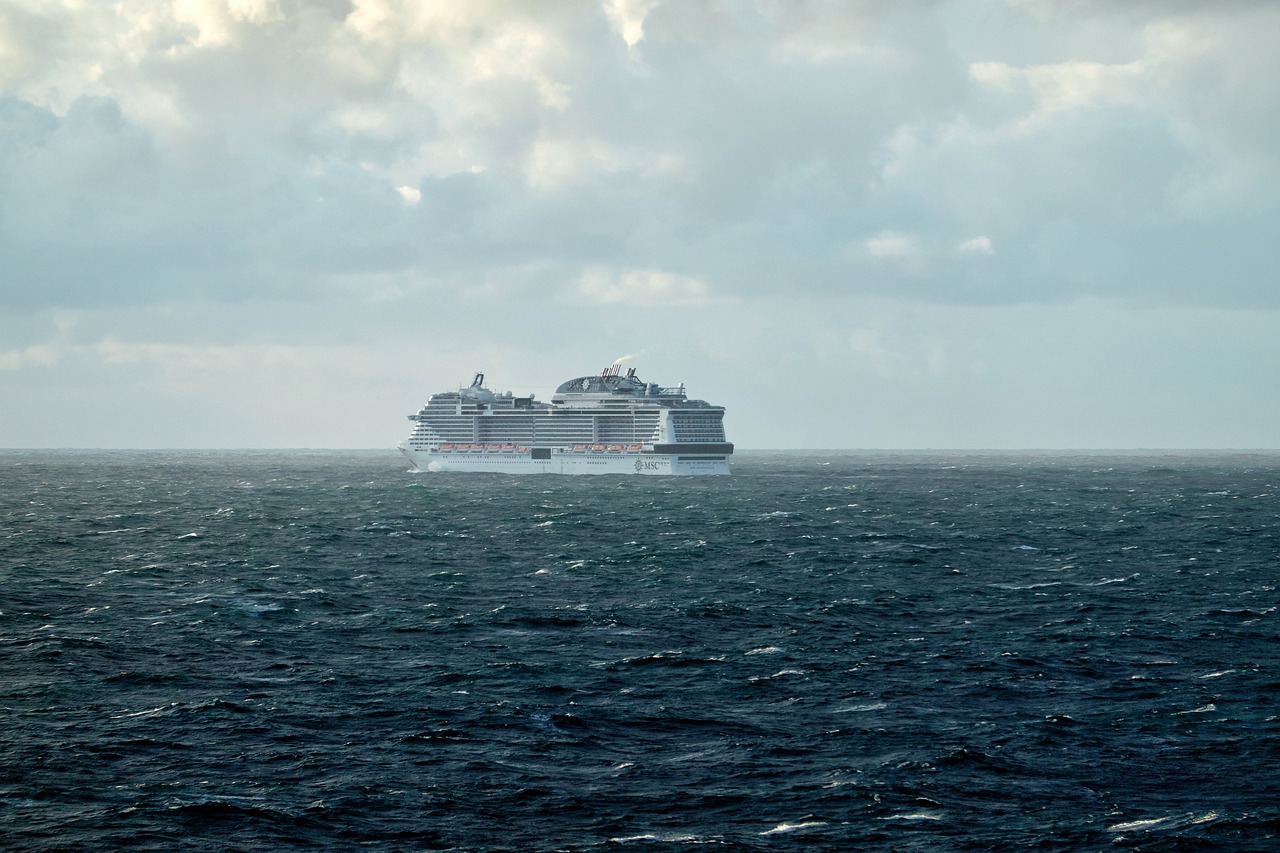C-Job Naval Architects, along with a consortium of leading maritime companies and partners, have received a 10 million euro subsidy from the European Union to fund the Ammonia 2-4 project. C-Job, Wärtsilä, DNV, Mediterranean Shipping Company (MSC), and the Italian National Research Council (CNR) have joined forces for the project. The subsidy has been granted to be used in conducting research to help accelerate the implementation of ammonia as a marine fuel. Ammonia 2-4 will develop full-scale demonstrators for both four-stroke and two-stroke engines to run on ammonia by 2025.
Why ammonia is so important
The success of these engines would be a huge, and necessary, step towards zero-emission shipping. C-Job firmly believes that the use of alternative fuels, especially ammonia, are the key to future success in the maritime industry.
A compound of nitrogen and hydrogen, ammonia is readily available in industrial quantities because of its long history in the fertilizer industry. Ammonia is suitable for use in correctly modified internal combustion engines and produces no sulfur oxide (SOx) and no particulate matter emissions. If the entire supply chain is sourced from renewables, it is a carbon-free fuel.
Niels de Vries, Lead Naval Architect at C-Job says “In order to achieve IMO goals and reduce greenhouse gas emission in shipping, we must act now. Ammonia will play an important role in reducing harmful emissions and thanks to the project set-up, we’ll be able to show the application of ammonia as a marine fuel for both ships using fuel direct configurations and ships using fuel electric configurations.” Previous research conducted by C-Job has already showed that it is possible to safely implement ammonia as a marine fuel when safety measures are included in ship designs.
Besides already having done extensive research into the use of ammonia as a marine fuel, C-Job is also a proud partner of other research projects about the subject. Besides Ammonia 2-4 we are also partners in the ENGIMMONIA consortium, another project which is currently researching how ammonia can be safely used as a marine fuel.
What the project entails
The aim of the Ammonia 2-4 project is two-fold. Both a two-stroke engine and a four-stroke engine running on ammonia as a main fuel will be demonstrated in lab conditions closely mimicking real-life conditions. Following successful demonstration, the two-stroke engine will be retrofitted onto an existing vessel owned and operated by MSC.
The project is ambitious, but the consortium feels it is crucial to develop both engine types in parallel, as they serve different segments of the market. “Ammonia is one of main candidates in shipping’s search for future fuels,” explains Sebastiaan Bleuanus, General Manager of Research Coordination & Funding at Wärtsilä Marine Power.
Together, the consortium aims to close the current technological, commercial, and regulatory gap between insights on the feasibility of applying ammonia as a marine fuel in engines as well as provide proof that large oceangoing vessels can be powered by ammonia as the main fuel. “Ammonia as fuel has great potential, especially for deep-sea shipping. Collaborative efforts to put safe, reliable, and environmentally friendly engine technology in place are essential for ammonia to enter the fuel mix”, says Hans Anton Tvete, the Program Director Maritime, Group Research and Development at DNV.
CNR will be involved in the activities of Ammonia 2-4 making use of the strong knowhow on internal combustion engines and on alternative fuels. Dr. Paolo Sementa and Dr. Cinzia Tornatore, researchers at STEMS (Institute of Sciences and Technologies for Sustainable Energy and Mobility) of the Italian National Research Council (CNR) state: “Ammonia is a promising alternative fuel with potential to make a major contribution to the decarbonization of shipping and to the reduction in greenhouse emissions. For this reason, this ambitious project will represent a milestone in reducing the environmental impact of marine transport sector.”


